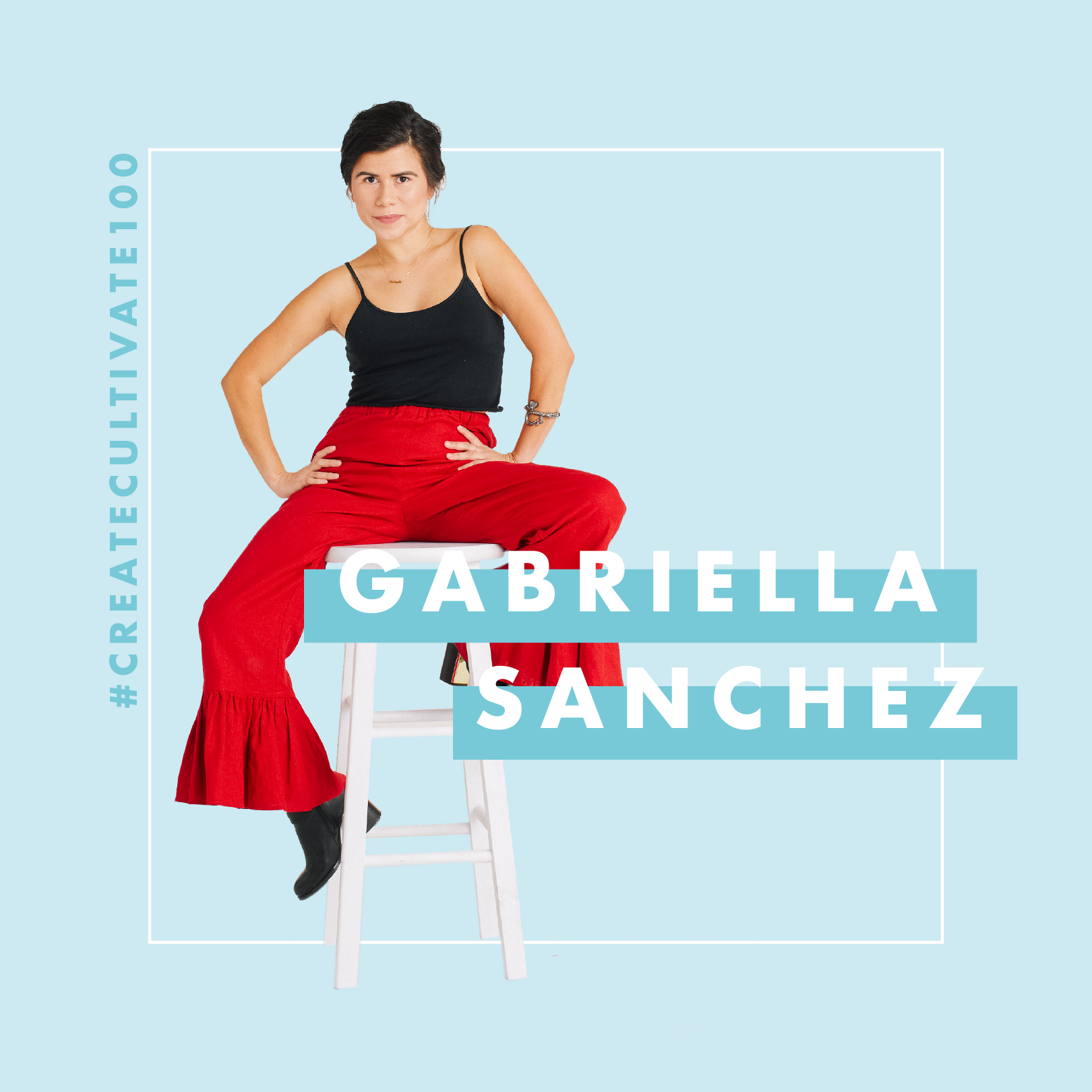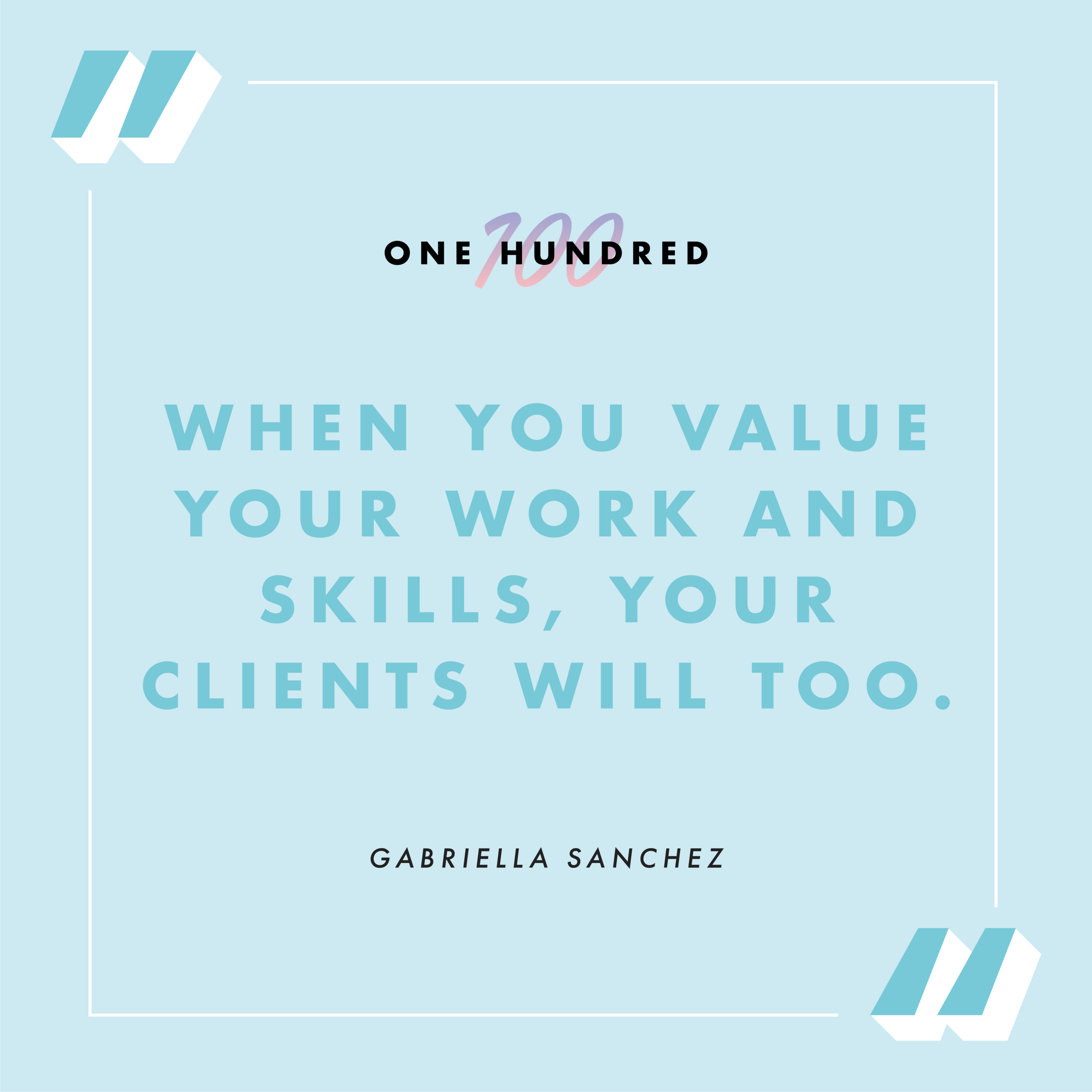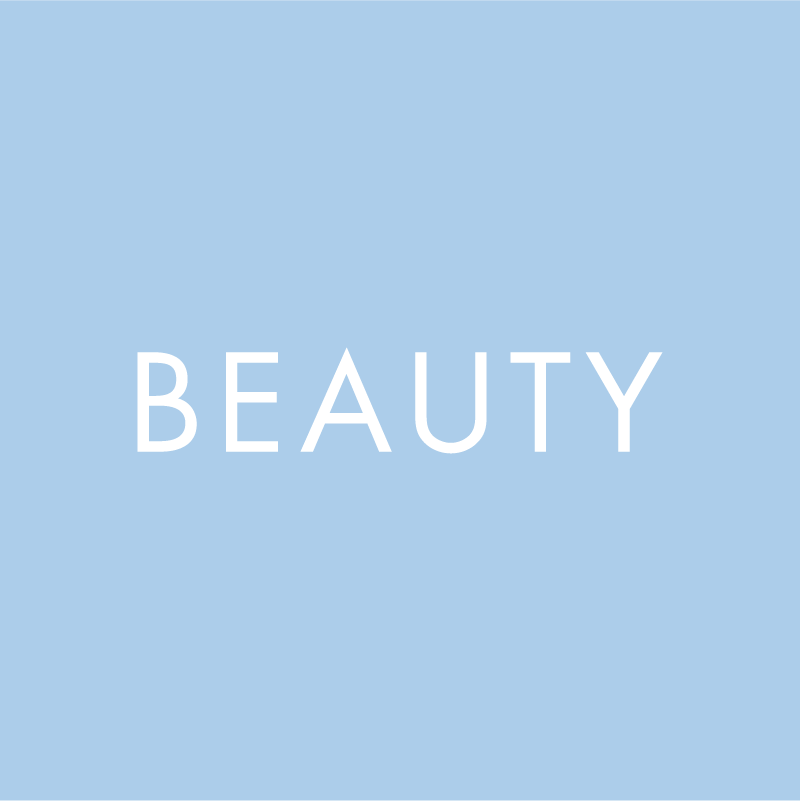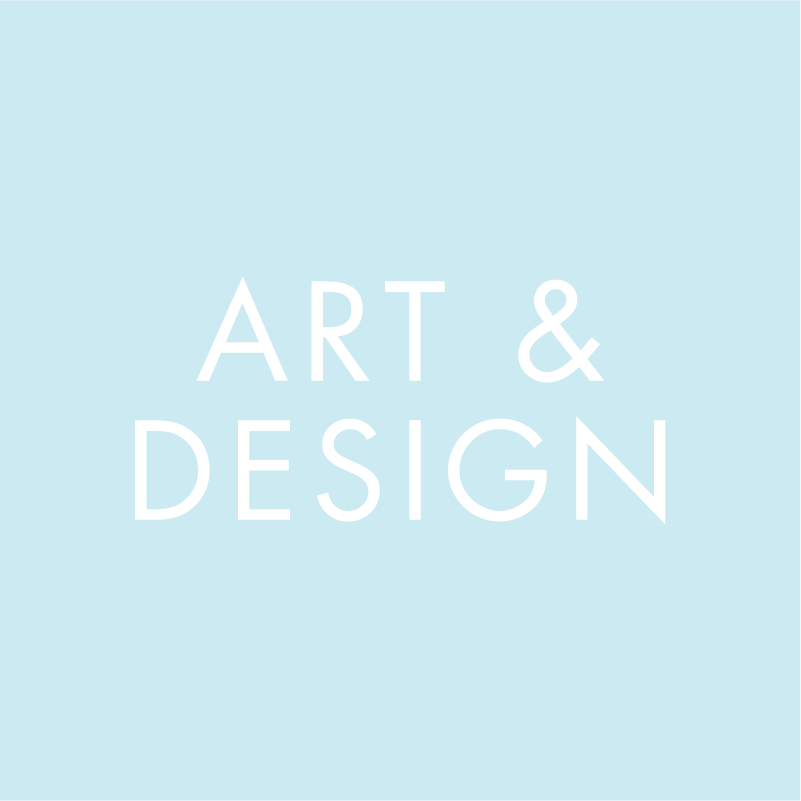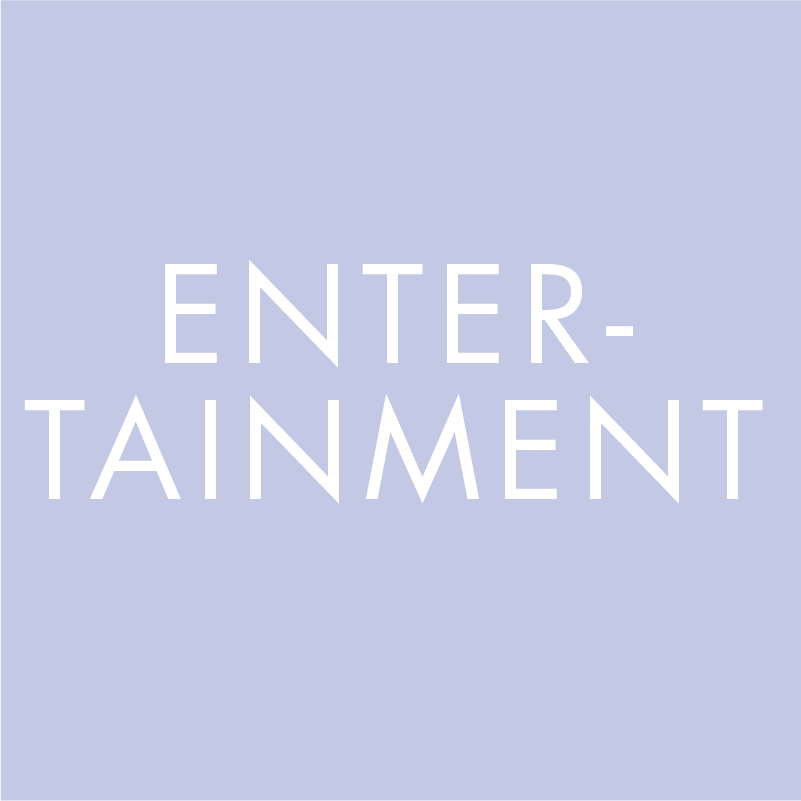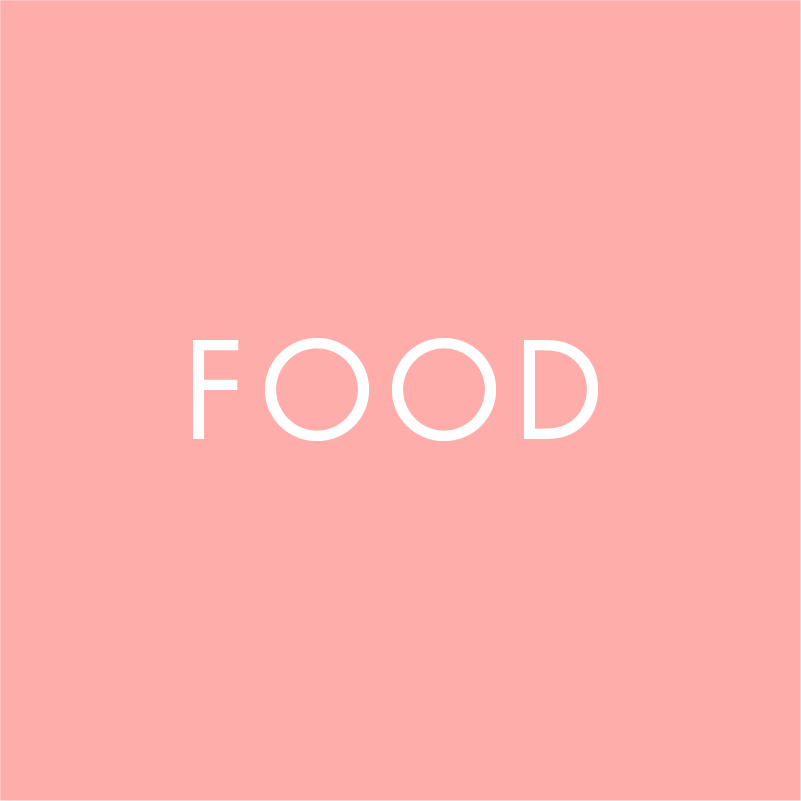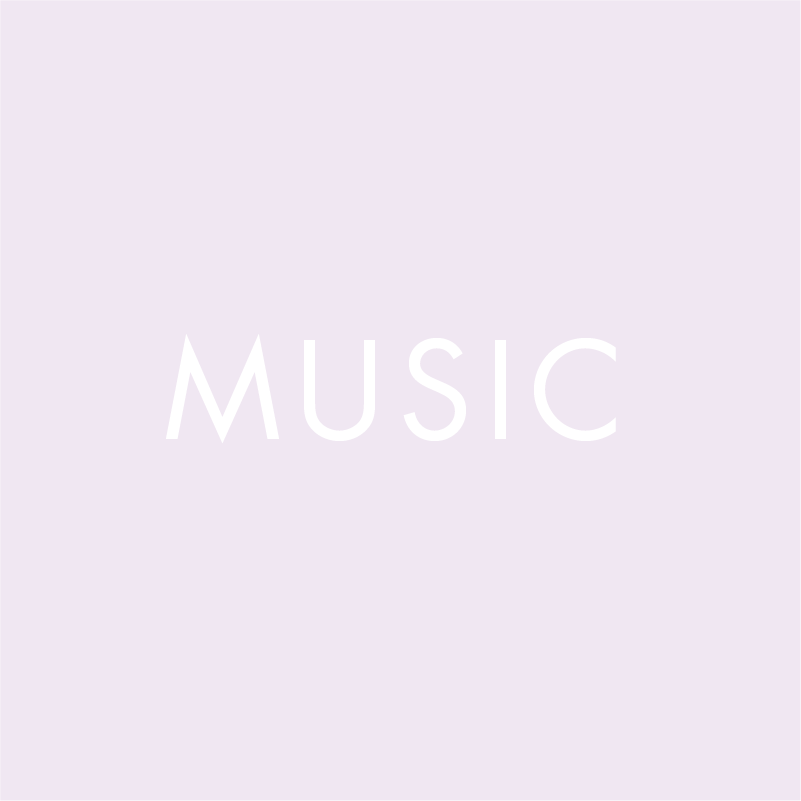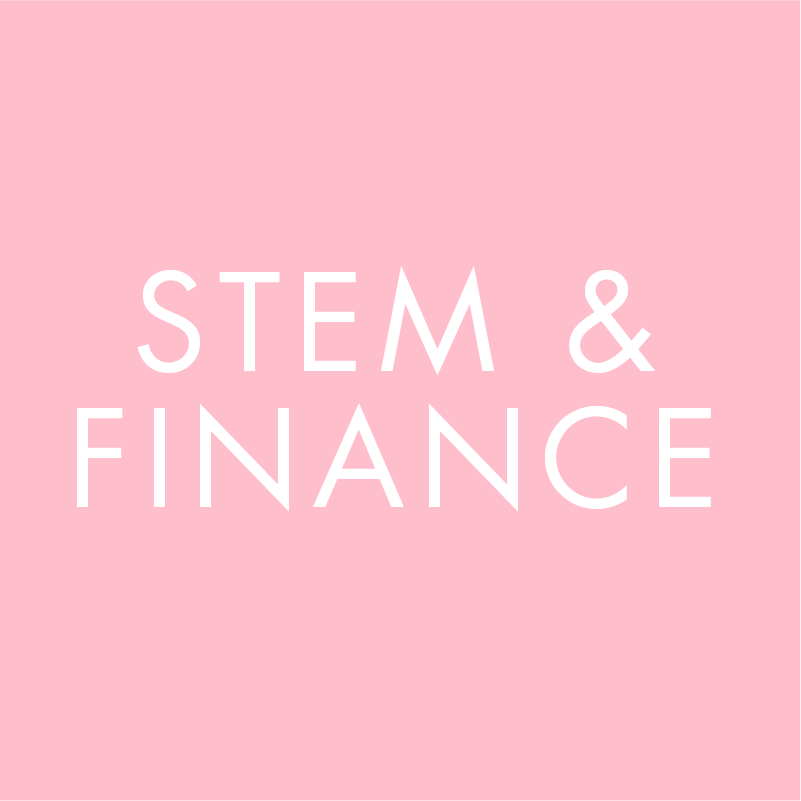Don’t sleep on Gabriella Sanchez.
The Angeleno fine artist has a painting and graphic style unto itself, with her work hanging in prestigious galleries and commissioned by premium brands. In a world of conventional living, Gabriella has carved out a distinct path for herself. In 2013 she applied to—and was accepted into—several illustrious MFA graduate programs. She ultimately declined all admission offer letters and decided to continue developing her own design and illustration styles and working with commercial clients. That “start by starting” attitude is something to be admired, especially because Sanchez’s client list includes envy-inducing brands like Nike and Planned Parenthood.
You worked with Nike, The White House (during the Obama era), and Planned Parenthood as an illustrator and designer. How did that differ from your work as a fine artist?
All my work, commercial or otherwise, has similarities in that it’s still has a level of my voice and aesthetic vision that comes through. However, the approaches and concepts for my fine art versus my commercial work are very different.
For commercial work, you are given a general objective and have to consider the audience may not be coming to specifically see your art but is more likely to just seeing it in passing so you must quickly and clearly communicate or entice your audience in order to get your client’s objective achieved.
For my fine art work, no one else is giving me an objective. I get to build concepts out of what I’m interested in exploring or communicating and I also can be as clear or convoluted as I think is best to suit the concepts I’m pursuing. In my fine art, I much more prefer to slowly reveal the depth of subject matter by first attracting the audience to have a closer look through the bright and pleasing colors and composition, and then once the viewer sits with the painting for a moment, there are small bread crumb-like clues that lead you down a path of more depth. Very much unlike my commercial work, I like my audience to have to do the work to arrive at a conclusion when viewing my fine art.
There percentage of female Latinx artists is not large. How do you hope to spread the opportunities and connect with any aspiring, young, Latinx artists?
Social media has been a great tool for me to find a community and feel connected to other artists of color. Some of my biggest opportunities have come from other more established artists of color who had seen my work through social media and then referred me to gallery directors or directly offered me gallery show opportunities. That’s how it should work, artists supporting artists and as we get more opportunities we should continue collaborating and seeking out artists from our communities. I try to do the same, when collectors, curators or galleries ask me about artists I like or think they should look at, I always make sure to include artists of color who I think are making incredible work and just need a little light shined on them.
I’m also really interested in helping artists of color and especially women of color looking to make a living in a commercial creative field like design and illustration. I often speak openly on panels, answer DMs, bring young people on to projects I’m working on, and (because I’m now working less commercially as I am at a place now where I can sustain myself with my fine art) I’ll even pass commercial projects on to other artists of color who are still starting out. The design world has a severe problem in terms of inclusion and diversity, so I’m really adamant about helping artists of color, especially women, who are still trying to find their footing in the field. I’m especially interested in this because commercial work gave me the opportunity to stay in a creative field while being able to fund my life and ultimate pursuit of fine art. A lot of artists of color don’t have the opportunity to take on financial burdens, like those that come with pursuing a fine art career, so it’s a great field for emerging creatives to still work in an art field and get their work seen while making more immediate money.
People look to you for inspiration, but where do you go to feel creatively inspired?
Visually speaking, I have a few folders of photos on my phone of art, design, and random things I see that I found inspiring in some way. I’m also always looking online for inspiration. I also try to go to art shows regularly. However, reading is a big inspiration as well. When I start a new painting series I typically spend time reading, researching, and writing before actually painting. R.B. Kitaj has a quote I love, “For me, books are what trees are for the landscape painter.” I feel the same.
Who are some female artists that inspired your past? Who do you think is a rising star?
Sister Corita Kent has been a long time inspiration and more recently the massive archival work of Guadalupe Rosales is really special. I recently saw a painting by Kiara Aileen entitled “Frustaciones De Una Centroamericano” that really captivated me. I was also recently in a group show with Michael Alvarez who’s another Latinx LA-based painter who I think definitely deserves more attention. He creates really interesting oil painted portraits and incorporates found objects. Another artists who’s doing really beautiful work is the photographer Gizelle Hernandez. She creates very intimate cinematic portraits that make you wish you could live in that moment. My favorite photo I’ve seen of her work is a portrait she took of the Latinx singer San Cha. The color and lighting of the photo reminds me of scenes from Blue Velvet but goes beyond that to create something totally unique and utterly powerful.
Be the one that decides the direction in which your art grows.
What about your job makes you feel the most fulfilled?
It’s definitely the fact that I am able to be the one that decides the direction in which my art grows in, and as a result, the path my career will take.
What’s the best piece of advice you’ve ever been given?
To make my own decisions and to base them on what I want for my life, not what others want.
What’s been the biggest surprise or highlight of your career to date?
The highlight would probably be from this past year. It has been a great one for me and I’ve had some really amazing supporters. The biggest surprise and highlight would probably be being featured in the group show “Punch” at Jeffrey Deitch in New York, curated by the artist Nina Chanel Abney, this past September.
What keeps you up at night?
Hmmm off the top of my head….sustaining my recent career growth and figuring out healthcare.
What are the common challenges you've seen among female creatives in business?
When I started pursuing art and design, I felt like I was truly flying blind and I had to take a lot of financial risks and burdens to rent a studio space, buy materials to make the work, and have time to develop my craft, and that just skims the surface. Then come all the hidden things people don’t often think about that come with being an entrepreneur or small business owner, because really that’s part of being an artist as well. So that paired with the fact that in general women get paid less on the dollar (women of color even less), I would say financial inequality and limited female-to-female mentorship opportunities are major challenges for female creatives.
When you hit a bump or hurdle in your career, how do you find a new road + switch gears to find success?
I try to keep my broader goals in mind and refocuses on ways to ultimately achieve those goals so as to not get hung up on one immediate moment.
When you value your work and skills, your clients will too.
Artists have it tough when it comes to pricing talent/skills. What’s the best advice you have for artists/designers/photographers out there who are working to turn their creative skills into a career?
Value your work—don’t work for free or for underpaid projects, if you can help it. When you’re first starting out, you might decide to take a project that’s underpaid if you still need to build up your portfolio, still developing your skills, or just need to make some money. However, you should quickly push yourself out of that bracket. As your portfolio grows and your skills continue developing, that growth should then be reflected in your prices. That may mean that you might lose a former client or two, but that also means the next clients you gain will be paying you more of what you deserve for your skilled work. Low-paying clients beget more low-paying clients, but the opposite is true, too. Higher-paying clients breed more higher-paying clients. Now, that doesn’t mean you overprice yourself right out of school, that just means as you grow in experience and skills your prices should also grow. When you value your work and skills, your clients will too.
What are you most excited for in 2019?
Continuing to create whatever I want.
Photography by Annie McElwain Photography
Photoshoot skincare provided by Dermalogica



